
Mid Drive Electric Bikes – Your Guide to Efficient E-Biking
Mid drive electric bikes, also called crank-driven e-bikes, feature a motor positioned at the center of the frame, directly connected to the bike’s crankset. This central placement provides better weight distribution, improved balance, and a more natural riding experience compared to hub motor e-bikes.
Whether you’re a commuter, a weekend rider, or an off-road enthusiast, understanding how mid drive electric bikes work can help you choose the right bike for your riding style and performance needs.
What Are Mid-Drive Electric Bikes?
Mid-drive electric bikes are e-bikes that feature a motor mounted at the center of the frame, connected directly to the pedals. Unlike hub motors, which power the wheel itself, mid-drive systems deliver power through the bike’s gear system.
This means the motor and rider share the same drivetrain, allowing for stronger torque, smoother power delivery, and excellent efficiency. As a result, mid-drive e-bikes offer superior hill-climbing performance, better weight balance, and a natural pedaling experience that closely resembles riding a traditional bicycle—just with much more power.
How Mid-Drive Motors Work
A mid-drive motor operates by sitting low and centrally within the bottom bracket area of the bike. From this position, it adds power directly to the crankset, helping the rider pedal more easily. Because the motor uses the bike’s gears, it can maintain optimal efficiency across different types of terrain, whether riding uphill, on flat roads, or off-road. These systems often include advanced sensors—such as cadence, torque, and speed sensors—to ensure smooth, responsive assistance that adapts instantly to the rider’s pedaling style.
This combination of intelligent power delivery, efficient design, and natural ride feel makes mid-drive electric bikes an excellent choice for cyclists who want strong performance without the sensation of being pushed forward by a motor.
Advantages & Disadvantages of Mid Drive Electric Bikes
Mid drive electric bikes have gained popularity among commuters, mountain bikers, and performance-oriented riders due to their unique design and riding experience. Unlike hub motor e-bikes, mid-drive motors are mounted near the pedals, allowing them to work directly with the bike’s gears. This positioning offers a more natural and efficient ride but comes with some trade-offs.
Advantages of Mid Drive Electric Bikes
-
Better Handling and Balance
The centralized placement of the motor lowers the bike’s center of gravity and evenly distributes weight across the frame. This results in more stable handling, improved maneuverability, and a natural riding feel, especially during cornering or technical trails.
-
Superior Climbing Power
Mid drive electric bikes motors deliver high torque directly to the drivetrain, making it significantly easier to tackle steep inclines and challenging terrain. Riders experience smoother power delivery when ascending hills compared to hub motor e-bikes.
-
Increased Efficiency and Longer Range
By integrating with the bike’s gears, mid-drive motors optimize battery usage. Riders can shift gears to maintain an ideal cadence, which reduces motor strain and extends overall range—making mid-drive e-bikes ideal for longer rides or hilly commutes.
-
Smoother, More Natural Pedaling Experience
Because the motor works through the bike’s chain and gears, the pedal assist feels more like traditional cycling. This creates a responsive and intuitive riding experience, closely mimicking natural pedaling.
-
Ideal for Off-Road and Mountain Biking
High torque combined with excellent weight distribution makes mid drive electric bikes well-suited for off-road trails, mountain paths, and technical terrain. Riders can enjoy better control and power in demanding conditions.
Disadvantages of Mid Drive Electric Bikes
-
Higher Upfront Cost
Mid drive electric bikes motor are generally more expensive than hub motors, and bikes equipped with them tend to have a higher purchase price. This can be a consideration for budget-conscious buyers.
-
Increased Drivetrain Wear
The motor’s direct power delivery puts extra stress on the chain, cassette, and gears. This means components can wear faster and require more frequent maintenance compared to hub motor systems.
-
Complex Design and Maintenance
Mid-drive systems are mechanically more complex, integrating with the bottom bracket, gears, and sometimes torque sensors. While this allows for superior performance, it can also lead to higher repair costs if issues arise.
-
More Complicated Installation
Installing a mid drive electric bikes motor is generally more involved than adding a hub motor. This includes careful alignment with the drivetrain and precise torque calibration, often requiring professional setup for optimal performance.
-
Noise from the Drivetrain
Mid drive electric bikes systems tend to generate more mechanical noise than hub motors because of the additional stress on the chain, gears, and bottom bracket. This may be noticeable to riders who prefer a quieter ride.
-
Less Ideal for Casual City Commuters
For riders who mostly need a simple, low-maintenance e-bike for flat city roads, a hub motor may be more practical. Mid drive electric bikes excel in performance but may be overkill for short or casual commutes.
-
Potential Compatibility Issues
Not all frames, gears, or components are compatible with mid-drive systems. Upgrading or customizing parts can be trickier than with hub motors.
Who Should Choose a Mid Drive Electric Bike?
Mid drive electric bikes are designed for riders who want enhanced performance, efficiency, and versatility. Unlike hub-motor e-bikes, mid-drive systems use the bike’s gears to deliver better torque and power, making them ideal for demanding conditions.
1. Riders Tackling Hilly or Steep Terrain
If your rides involve frequent hills or steep inclines, a mid-drive e-bike is an excellent choice. The motor works with the bike’s gears to provide strong climbing power, ensuring that you can maintain a comfortable pedaling cadence even on challenging slopes.
2. Riders Seeking a Natural Pedaling Experience
Mid-drive systems offer a more natural and responsive pedaling feel. Because the motor assists at the crank rather than the wheel, it mimics traditional cycling while reducing strain. This makes it perfect for riders who want smooth, efficient rides without feeling like the bike is “pushing” them forward unnaturally.
3. Off-Road and Adventure Enthusiasts
For riders who enjoy mountain biking, trail riding, or off-road adventures, mid-drive e-bikes deliver higher performance and better control. The central motor placement provides balanced weight distribution, improving handling on rough or uneven terrain.
4. Long-Distance Commuters and Touring Riders
Mid drive electric bikes are also ideal for those who need extended range and efficiency. By leveraging the bike’s gears, these e-bikes optimize battery usage, allowing for longer rides without compromising power—perfect for commuting, touring, or multi-day cycling trips.
Mid Drive vs Hub Motor: Side-by-Side Comparison
Choosing between a mid-drive and hub motor depends on your riding style, terrain, and budget. Mid-drive motors excel on hills and rough terrain with a natural pedaling feel, while hub motors are simpler, affordable, and low-maintenance, perfect for flat, urban rides.
Here’s a detailed comparison of the two systems:
|
Feature |
Mid-Drive Motor |
Hub Motor |
|
Location |
Centrally mounted at the bottom bracket (pedals), integrating with the bike’s drivetrain. |
Built into the hub of the front or rear wheel, separate from the drivetrain. |
|
Performance |
Excels at hill climbing and off-road riding by leveraging the bike’s gears for maximum torque and efficiency. |
Performs well on flat terrain and consistent speeds but struggles on steep inclines due to lack of gear integration. |
|
Ride Feel |
Offers a natural, balanced pedaling experience, feeling like an extension of your own leg power. |
Can feel like being “pushed” or “pulled” from the wheel; ride may feel less responsive without a torque sensor. |
|
Weight Distribution |
Centralized and low, improving handling, stability, and cornering performance. |
Adds weight to the wheel, which can affect balance, handling, and off-road maneuverability. |
|
Efficiency & Range |
More energy-efficient, especially on varied terrain, allowing longer range per charge by optimizing motor RPMs. |
Less efficient on hilly terrain, potentially reducing range as the motor operates at a fixed gear ratio. |
|
Maintenance |
More complex; increases stress on the chain, cassette, and drivetrain, requiring regular maintenance. |
Simple design with fewer moving parts, easier to maintain overall, though wheel or tire servicing can be slightly more involved. |
|
Cost |
Generally higher due to advanced technology, integration with gears, and specific frame requirements. |
More affordable, widely available on entry-level and mid-range e-bikes. |
Conclusion
Mid drive electric bikes feature a motor located at the bottom bracket, providing a different riding experience compared to hub motor e-bikes. They offer balanced weight distribution and integrate with the bike’s gears, making them suitable for a variety of terrains. Riders can consider mid drive e-bikes alongside hub motor options based on their riding style, terrain, and budget.
FAQs
Are mid-drive ebikes better?
Mid drive electric bikes are not necessarily better—they offer a different riding experience compared to hub motor e-bikes, with advantages on hills and varied terrain.
Do you always have to pedal a mid drive ebike?
Mid drive electric bikes are not necessarily better—they offer a different riding experience compared to hub motor e-bikes, with advantages on hills and varied terrain.
What does mid-drive mean on an electric bike?
Mid-drive refers to an e-bike motor located at the bike’s bottom bracket, directly powering the crank and working with the gears.
What are the disadvantages of a mid-drive motor?
Mid-drive motors can be more expensive, add stress to the drivetrain, and may require more maintenance compared to hub motors.
iScooter E Scooter Collections:
Electric Scooter | Kids Electric Scooter | Electric Scooter for Adults | Electric Scooter with Seat | Off-Road Electric Scooter | Foldable Electric Scooter | Girls Electric Scooter | 1000W Electric Scooter | 2000W Electric Scooter | Boys Electric Scooter | Dual Motor Electric Scooter | Big Electric Scooter | Electric Scooter with Suspension | Lightweight Electric Scooter | Commuter E-Scooters | 3 Wheel Electric Scooter
Show more ▼iScooter E Bike Collections:
Foldable Electric Bike | Affordable Cheap Electric Bike | Electric Bike for Adults | Electric Motor Bikes | Trek Electric Bike | Fastest Electric Bike | Electric Road Bike | Full Suspension Electric Mountain Bike | Giant Electric Bike | Womens Ladies Electric Bike | Mens Electric Bike | Electric Bike with Throttle | Electric Gravel Bike | Electric Mountain Bike UK | Fat Tyre Electric Bike | Electric Hybrid Bike | Electric Motorised Bike | Electric Push Bike | 1000W Electric Bike | Cool Electric Bikes | Electric Off Road Bike | Pedal Assist Electric Bike | Good Electric Bikes | Small Electric Bike | Trek Electric Mountain Bike | 2000W Electric Bike | Full Suspension Electric Bike | Mini Electric Bike | Road Legal Electric Bike | Step Through Electric Bike
Show more ▼👍 Buying Guide | 🚴♂️ Riding Guide
📋 Feature Guide | ❓ Common problem
Product category
Electric Scooter
Cheap Electric Scooters for Adults | Fastest Electric Scooter | Kids Electric Scooter | Mini Electric Scooter
































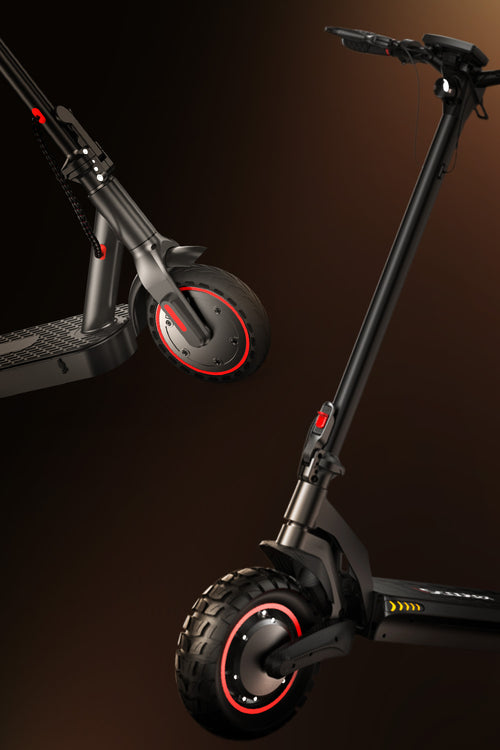
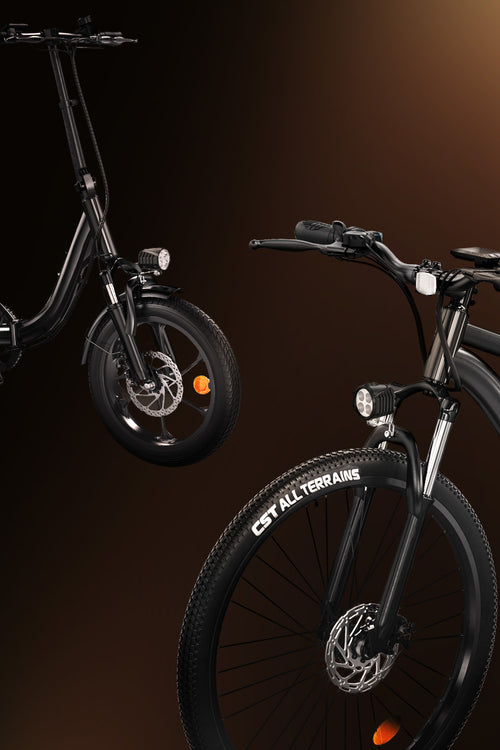














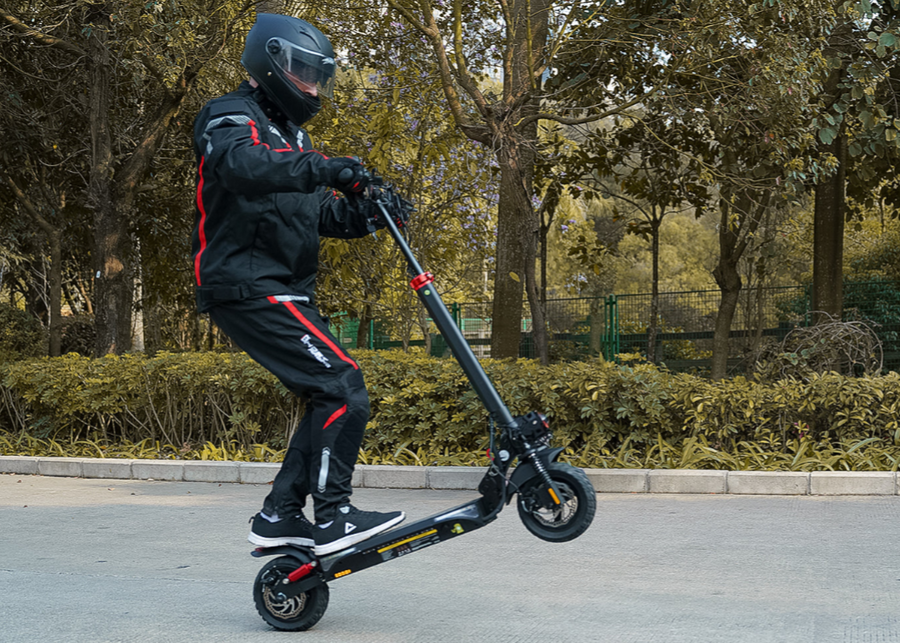

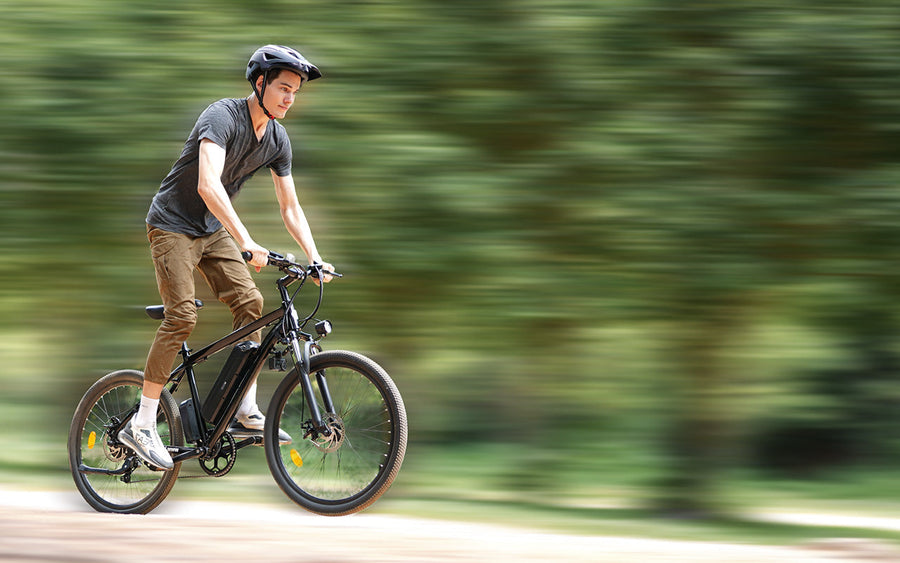

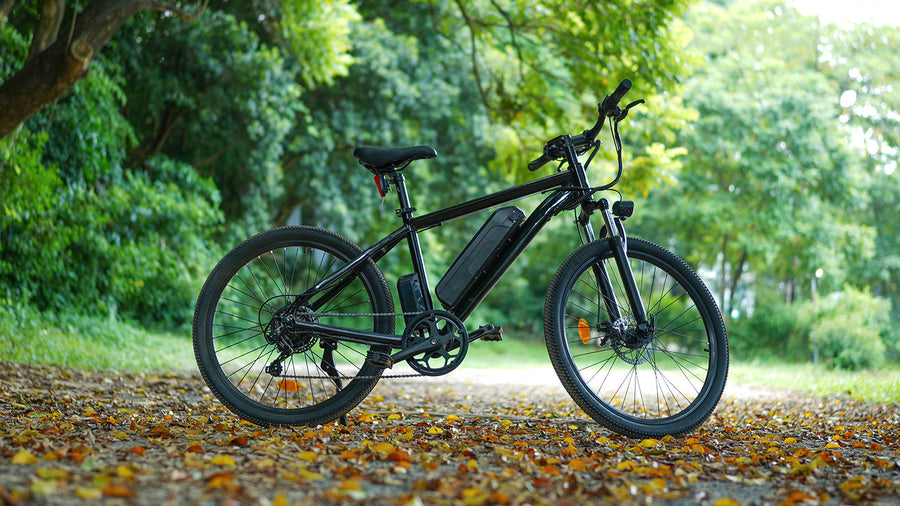
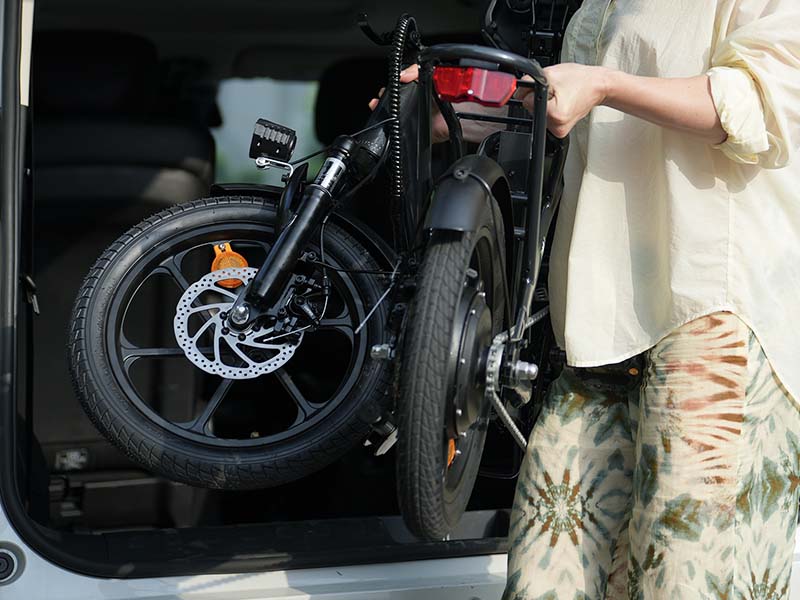
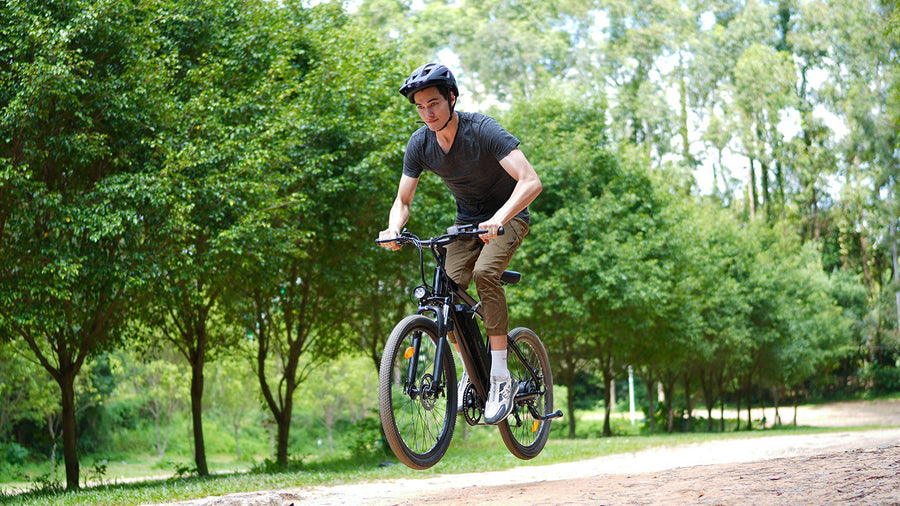








Article tags :
Leave us a message